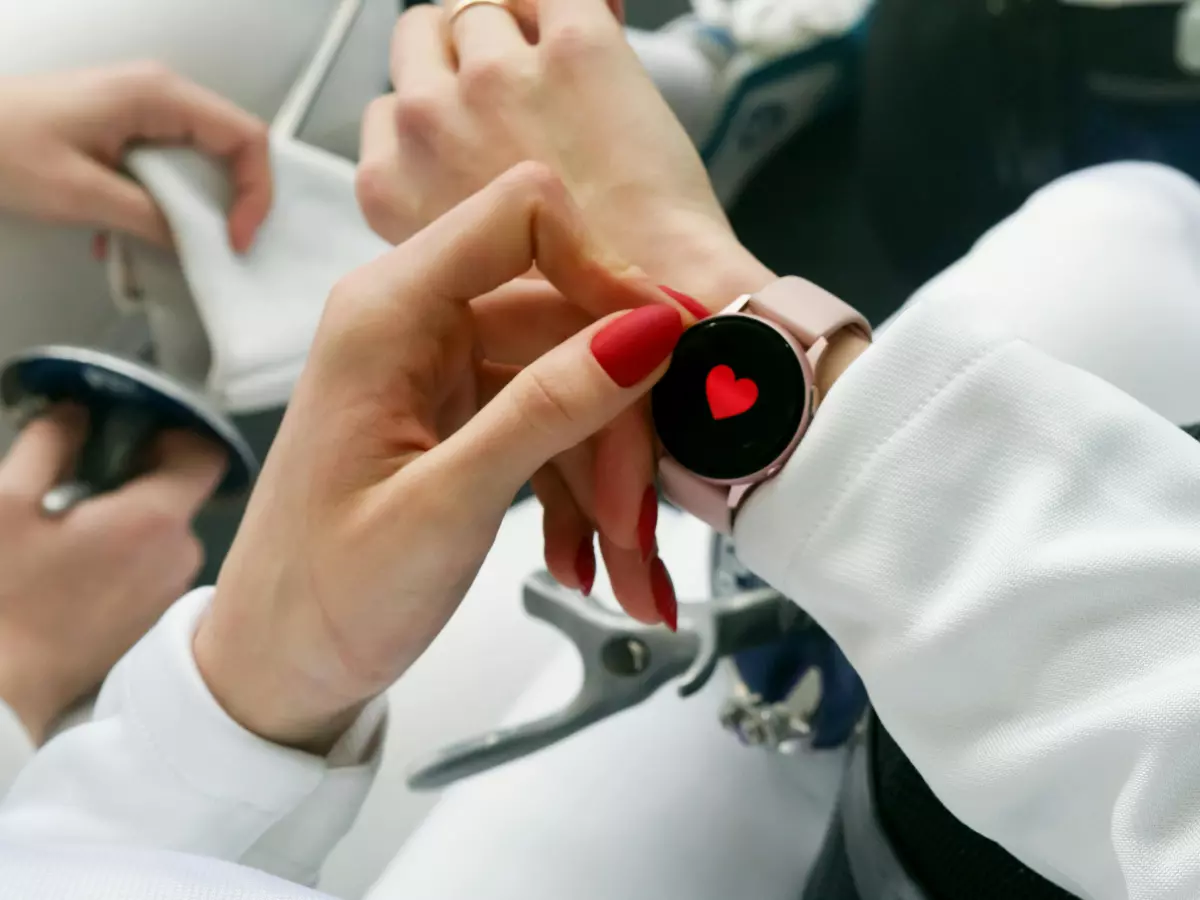Balancing Act
If you think more sensors in your wearable mean a shorter battery life, think again. The truth is, wearables are smarter than they seem, and it's not just about cramming in more battery power.

By Laura Mendes
Remember when the first fitness trackers hit the market? They were basic, clunky, and had a battery life that barely lasted a day. Fast forward to today, and we’ve got wearables that can track everything from your heart rate to your blood oxygen levels, all while lasting days—sometimes even weeks—on a single charge. So, what changed? How did we go from battery-draining bricks to sleek, sensor-packed devices that seem to defy the laws of battery physics?
It’s not just about bigger batteries or more efficient sensors. The real magic lies in how wearables manage the delicate balance between sensor activity and battery life. And yes, software plays a huge role in this dance.
The Sensor Overload Myth
Here’s a common misconception: the more sensors a wearable has, the faster its battery drains. While that’s true to some extent, it’s not the whole story. In fact, modern wearables are designed to handle multiple sensors without sucking the life out of your battery. How? By using a combination of smart software algorithms and low-power sensors.
Take heart rate monitors, for example. Early versions of these sensors were power-hungry beasts. But today's wearables use optical heart rate sensors that only activate when necessary. They’re not constantly running at full power; instead, they pulse in intervals, collecting just enough data to give you an accurate reading without draining your battery.
Battery-Saving Software: The Unsung Hero
Let’s not forget the software. It’s the unsung hero in this equation. Wearable devices now come with sophisticated software that optimizes sensor usage based on your activity. If you’re sitting at your desk, your wearable doesn’t need to track your steps or monitor your heart rate as frequently. The software knows this and adjusts accordingly, saving precious battery life.
Some wearables even use machine learning to predict your behavior. If the device knows you usually go for a run at 6 AM, it can prepare by ramping up sensor activity just before your workout. The rest of the day? It chills out, conserving energy.
Battery Tech: It’s Not Just Bigger, It’s Smarter
Okay, so we’ve talked about sensors and software, but what about the battery itself? While it’s true that battery technology has improved, it’s not just about making bigger batteries. Wearables use lithium-ion batteries, which are lightweight and have a high energy density. But the real innovation comes in how these batteries are managed.
Power management chips inside wearables are now more efficient than ever. They regulate the flow of energy to different components, ensuring that no part of the device is using more power than it needs to. This means your wearable can have multiple sensors running without draining the battery in a matter of hours.
The Future: More Sensors, Same Battery Life?
As wearables continue to evolve, we’re seeing more sensors being packed into these tiny devices. Blood glucose monitors, hydration sensors, even stress trackers are on the horizon. But will this mean shorter battery life? Not necessarily.
With advancements in both sensor technology and software, wearables are getting better at managing power. Future devices will likely use even more sophisticated algorithms to optimize sensor usage, ensuring that you get all the data you need without sacrificing battery life.
So, the next time you strap on your smartwatch or fitness tracker, remember that it’s not just a piece of hardware. It’s a finely-tuned system of sensors, software, and battery tech, all working together to keep you connected without leaving you stranded with a dead device.




